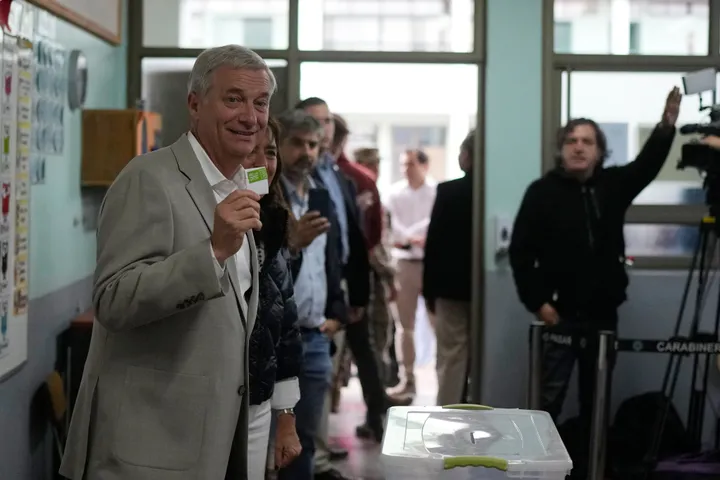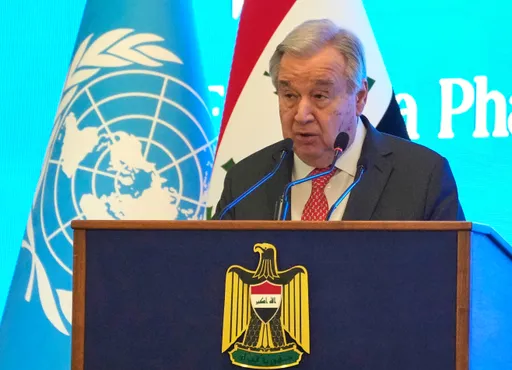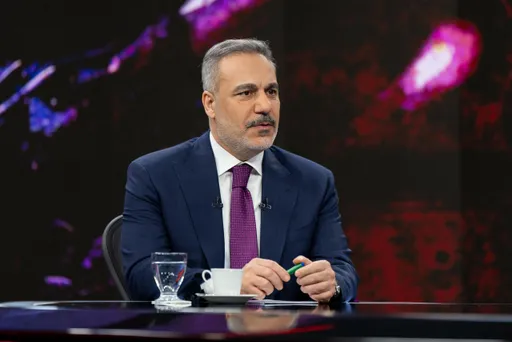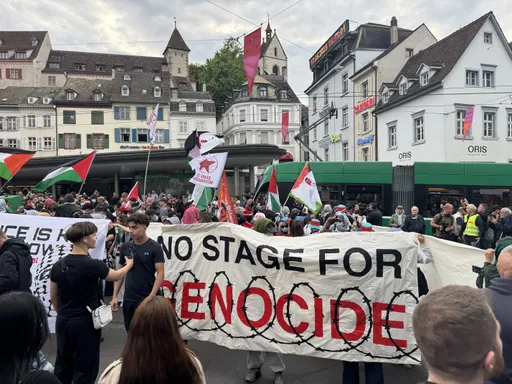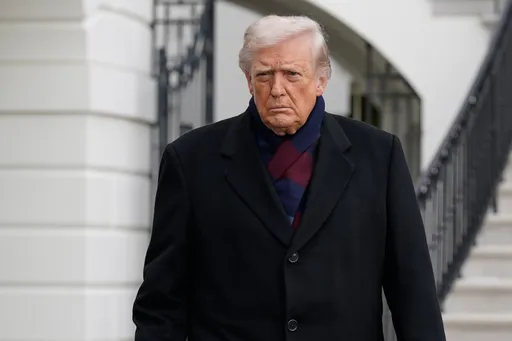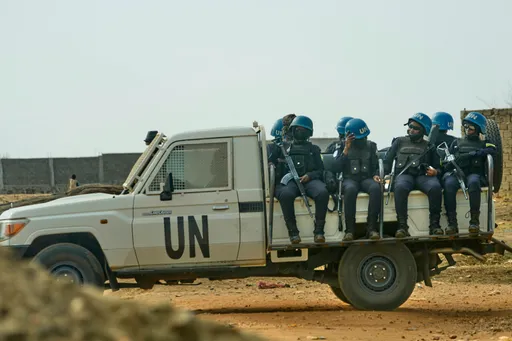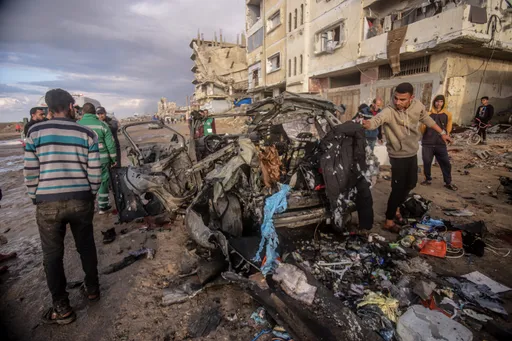A delegation from Syria Democratic Council, the political umbrella of US-backed Syrian Democratic Forces (SDF), has arrived yesterday in Damascus to hold a round of talks with the Syrian regime.
The SDF is dominated by the YPG, which is the Syrian affiliate of the PKK, which Turkey and the US have designated as a terror group, and has been fighting the Turkish state for more than 30 years.
The delegation would discuss the political and military situation in SDF-controlled areas in north and northeastern Syria.
This marks the first diplomatic relation and approach between Assad regime and a US-backed group since 2011.
SDF had recently announced that they were willing to start talks with Damascus regarding the situation in northern Syria.
TRT World's Obai Shahbandar has more.
Activists in northern Syria say that SDF is trying to get the regime's recognition of their own administration in north and northeastern Syria, and in return, SDF will hand over key areas and oil fields to regime forces and allow police forces to re-operate in the area.
Battle for Quneitra
Syria's southwestern Quneitra province includes the Golan Heights, most of which is annexed and occupied by Israel.
Syrian regime forces on Thursday raised the flag in the buffer zone separating Syrian-held territory from the Israeli-annexed Golan, the Syrian Observatory for Human Rights said.
The part of the province to the east of the buffer zone fell almost totally under regime control after a brief military offensive followed by deals under which the rebels surrendered or were evacuated from the region.
Here is some background about the contested province.
On Israel's doorstep
The rocky plateau known as the Golan Heights overlooks Israel's Galilee region and Lake Tiberius to the south and west.
Israel seized 1,200 square kilometres (460 square miles) of the Golan from Syria in the 1967 Six-Day War and later annexed it in a move never recognised internationally.
The region is strategically important for Syria because it also controls a key highway from the Jordanian border to the capital Damascus.
Under rebel control
After decades of calm, tensions began flaring up in the Golan with the 2011 uprising against Syrian regime leader Bashar al Assad.
In March 2013, rebels fighting Assad's forces launched co-ordinated attacks in the area and began seizing parts of the province.
The following year, rebel fighters and militants from Al Qaeda's Syria affiliate expanded their control, seizing the crossing between the Syrian section of the Golan and the part annexed by Israel.
Israel-Syria flashpoint
In September 2014, the Israeli army shot down a Syrian regime warplane over the Golan in the most serious incident over the Heights since the conflict started.
The area has witnessed fierce fighting between rebels and the regime, with fire occasionally landing in occupied territory and prompting Israeli retaliation.
Israel in particular objects to the presence of regime-allied foreign fighters close to its borders: namely, Iranian forces or units from Lebanese militia Hezbollah.
On January 18, 2015, a raid blamed on Israel killed six members of Hezbollah and an Iranian general close to Quneitra.
On May 10, 2018, Israel carried out dozens of raids against Iranian targets, saying it was responding to Iranian rockets fired at the Israeli-held part of Golan.
On July 24, Israel said it had shot down a Syrian regime plane that had entered its airspace over Golan, a version denied by Damascus, which said the plane was carrying out operations against militants.
Regime advances
A "de-escalation" accord negotiated by Russia, the United States and Jordan saw southern Syria return to relative calm for the past year.
But this month it became a new front for advancing regime forces after they re-established their authority over most of neighbouring Daraa province.
The regime launched an assault on Quneitra on July 15 with heavy bombardment.
Under pressure, the rebels accepted on July 19 to allow regime forces to take over, and began evacuating the next day.
According to the Syrian Observatory for Human Rights the regime now holds 90 percent of the Syrian side of the province.




